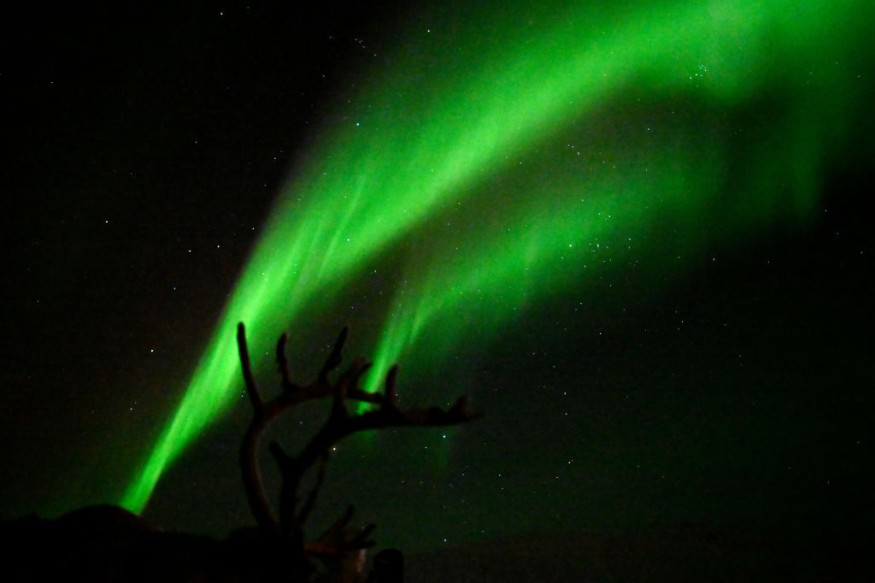Astronomy lovers can expect the northern lights to be visible from New York to Idaho, including in the Northern and Upper Midwest states, according to reports.
The NOAA Space Weather Prediction Center issued a Geomagnetic Storm Watch for January 22 to 23. The CME can result in increased geomagnetic activity on the planet. People can see the aurora in parts of the US.
With the advisory, NOAA advised the public not to worry about the geomagnetic storm or activity. Aurora lovers can expect the view of Northern lights in the US.
According to reports, a geomagnetic storm can affect the Global Navigation Satellite System (GNSS), pipelines and power grid. A potential flare event is also possible, impacting people using high-frequency (HF) radio signals.
Northern Lights: Where Will it Unfold?

On a Monday night, the Northern lights are expected in dozens of states in the US. The Auroras can unfold dazzling displays of lights in the night skies.
In the report, the aurora display will emerge in 17 states in the US:
- Maine
- Washington
- Idaho
- Oregon
- Vermont
- New York
- Michigan
- New Hampshire
- North Dakota and South Dakota
- Montana
- Wyoming
- Nebraska
- Montana
- Iowa
- Wisconsin
In Illinois, the northern lights will become visible. Meanwhile, Alaska can expect the best view of auroras. In other areas, the solar winds and cloudy conditions can likely impact the amazing sights.
Homeowners should wear winter clothes and check the weather forecast for freezing temperatures. Preparing cameras and power banks is advisable to capture the views in the night skies.
2024 Astronomy Events: What Can People Expect?
2024 is full of magnificent astronomy events, from planetary displays, meteor showers and moon eclipse. Astronomy lovers should not miss the sightings this year, particularly the Total Lunar Eclipse.
This month, people witnessed the Quarantid Meteor Shower in mid-January. According to the reports, the said meteor showers can unload up to 100 showers per hour.
On March 25, the Penumbral Lunar Eclipse will unfold in the night skies. People can see the eclipse in New Zealand, Western Europe, North and South America, including Japan, Asutralia and parts of Africa.
One of the most awaited is the Total Lunar Eclipse on April 8. People are expected to go out to witness the eclipse. Reports showed it would become noticeable in North America, Maine, Mexico, Atlantic Canada and Texas.
Meanwhile, the Aquarid Meteor Shower is forecast from April to May, bringing 10 to 30 meteor showers per hour.
In December, the Gemid Meteor Shower will emerge, unleashing 100 meteor showers per hour.
Related Article: 2024 Astronomy Forecast: Super Harvest Moon Eclipse, Meteor Showers To Planet Displays
For more similar stories, don't forget to follow Nature News.
© 2025 NatureWorldNews.com All rights reserved. Do not reproduce without permission.





